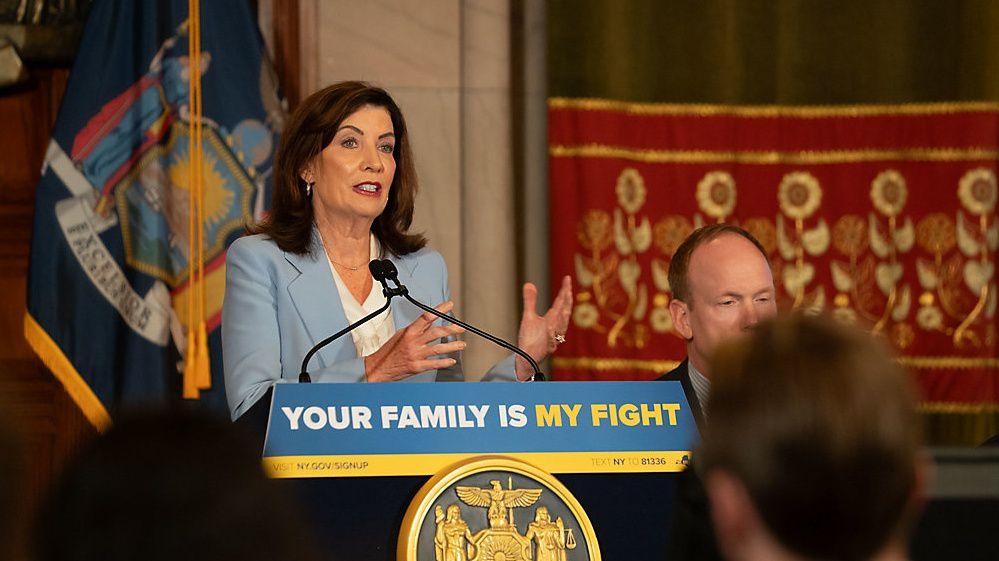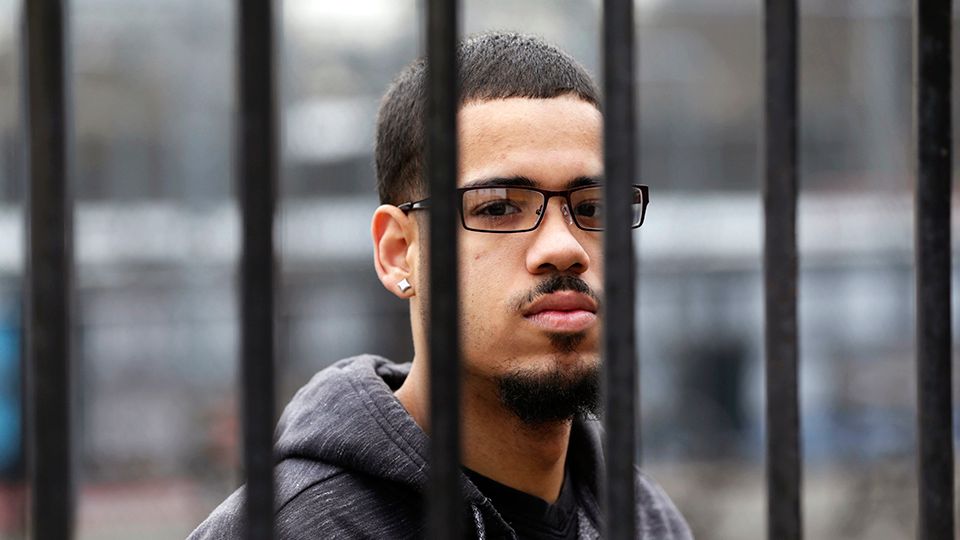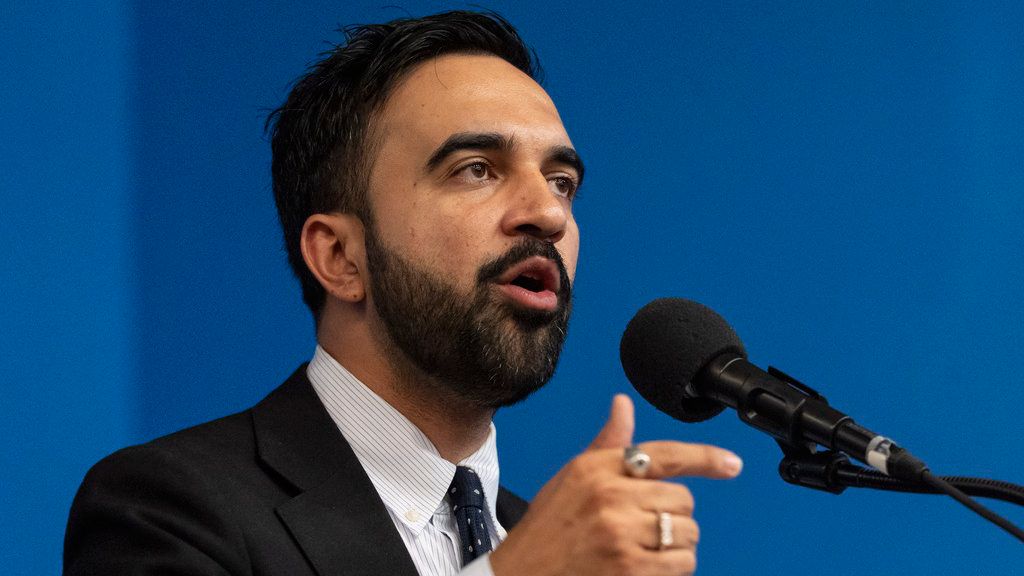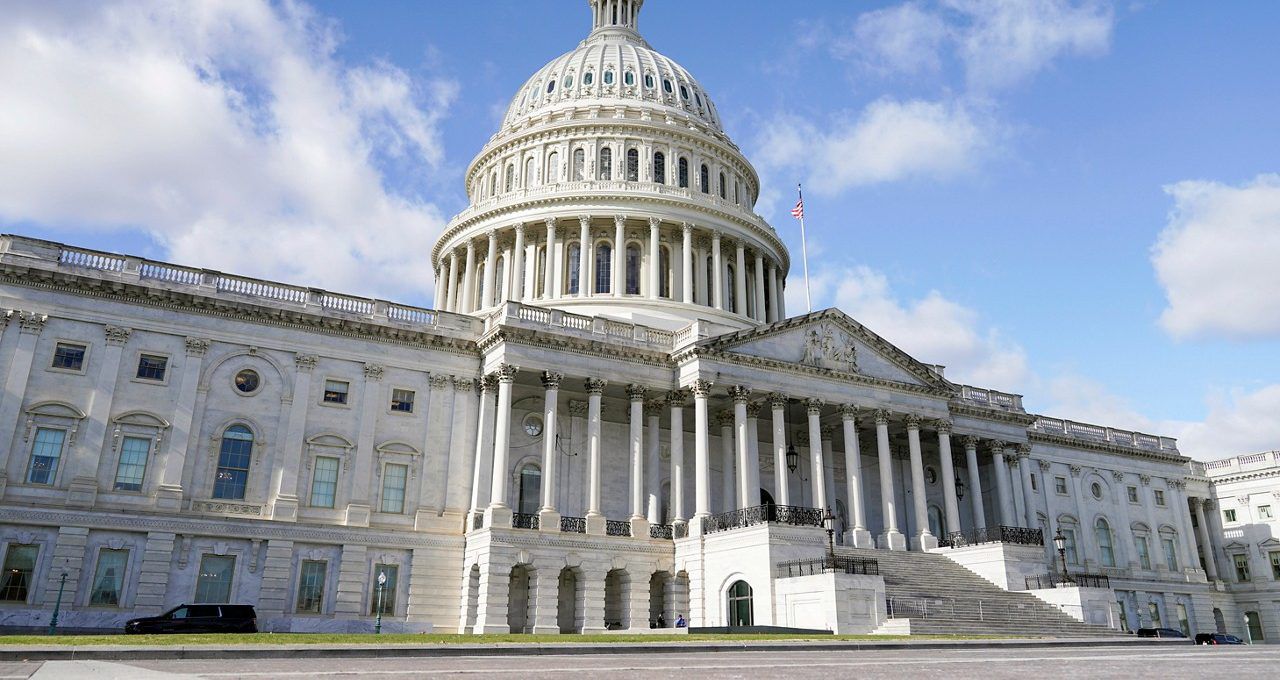The Biden administration is rolling out more than $30 million to monitor and help reduce air pollution. Some of that money is coming to upstate New York, designed for a specific purpose.
Younger Americans are among the most susceptible when it comes to air pollution, which is often linked to asthma and other conditions. So this program focuses on schools and communities that are oftentimes overlooked.
“It is a major factor in public health. Make no mistake about it,” said Rep. Paul Tonko.
Perhaps even more so at schools in low-income and disadvantaged communities.
“We totally switched our focus to the trucks, the diesel fuels, the participants that were being kicked up,” Albany Mayor Kathy Sheehan said.
She was speaking about a 2019 air quality study in the Capital City’s South End, which helped inspire a multi-million-dollar statewide-monitoring effort that officials say is benefiting more than 5 million New Yorkers.
“Now we’re going hyper local to the point where you’re putting monitors on schools and monitors in disadvantaged communities,” said state Department of Environmental Conservation Commissioner Basil Seggos.
Federal dollars, to the tune of $1 million, is funding two projects at the University at Albany: low-cost air monitoring sensors and a mobile air monitoring van.
“We have black carbon and brown carbon, those are most important one," said Aynul Bari, environmental and sustainable engineering professor at the UAlbany College of Nanotechnology, Science and Engineering. "We’ll have ground-level ozone, fine particle matter and also carbon dioxide, like climate change pollutants.”
Data collected on the pollutants over a period of two years should lend the strength and ability to leaders across the state to implement changes to improve air quality.
“You know, as a society, we compile a lot of data and what we do with that data is the challenge to us as a society,” Tonko said.
The federal funding comes through the American Rescue Plan and Inflation Reduction Act. Advocates say there are few investments more worthy.
“When air quality is bad, it’s really the children that are suffering the most,” said Lisa Garcia, U.S. Environmental Protection Agency regional administrator.





)



